What does it take to change a life?
Connection
Commitment
Consistency
It isn’t rocket science. It is relationship that matters most. I wish it were as simple as those three magic words, but it takes a lot of time and work to get to know a group of strangers. People often start off as strangers and week by week, they become friends and when their hearts are open to it—they become like a family.
I get a lot of questions these days about how things are working. We live in a society where numbers and data are used to determine whether something is worthwhile. I like storytelling better than numbers, but I think we have some pretty amazing outcomes and as the number of tables grow We have learned a lot about how our work is impacting lives.
Engagement
One of the things I am most proud of as I look at the tables we have launched is the level of engagement by youth. 97% of youth who begin a table stick with it for a year. This speaks to the three magic words above—connection, commitment and consistency. The first few months everyone is trying to decide how this group is going to work. They are trying to learn about one another’s lives and personalities. The youth are trying to decide if these people are trustworthy and will do what they have promised to do—which is show up in their lives.
Of course life happens and sometimes table members have to drop off, but 97% of table members who commit to serving on a table stick with it for at least a year.
The first year is not the end. It is just the beginning. Many tables continue to meet monthly after the first year because they enjoy being together. There is a comfort with this new community that they have created and they do not want to see it end.
Housing
When we look at youth leaving foster care around Ohio we learn that 28% of them have experienced homelessness at some point in the last 2 years. For youth at Community of Hope, they report that they were homeless at some point in the last 2 years about about a rate of 15%. Once youth are on a table though, we have a rate of 100% having stable housing. This is not to say there aren’t housing challenges, but the young people don’t have to figure them out alone.
Having a group of caring friends to help you when you face a housing challenge can make the difference between staying housed and becoming homeless.
Work and School
Our young people are busy. They are working and going to school at a high rate.
80% of young adults on tables are working. When we compare them to their peers in Ohio who left foster care, only 36% of their peers without table support are working.
60% of our youth are going to school. When we compare them to their peers in Ohio, the rate for youth without tables is 55%.
Incarceration
One of the worst statistics for youth who have left foster care without permanency is the incarceration rate. In Ohio, by the age of 21, 47% youth who aged out of foster care report being incarcerated at some point in the last two years.
Only 5% of Community of Hope youth have experienced incarceration in the past two years and to date we have never had any youth go to prison. We work hard to advocate for our youth who have legal challenges.
How many people are involved now?
As we end June, we have 30 young adults, 30 children of those young adults and 226 people who have been assigned to tables since 2014. So, 286 people are in our Community of Hope family. We are growing by the week.
We have another 175 volunteers waiting to serve on tables and we are constantly meeting with young adults interested in having their own support system to help them achieve their dreams and goals.
By the end of 2018, we will have launched 46 tables in the four years since we began this work.
The growth we experienced in 2018 was a result of the Plain Dealer articles. How will we sustain this growth and support these tables? We have volunteer leaders who are launching with tables and helping them as they get to know the model and one another. We are fundraising so that we can hire staff who are trauma informed social workers who can help continue to grow and support our volunteers and young adults. We have hired a Director of Operations who will run the business side of things and help us develop strategy around sustainability.
What does success mean to me?
Young adults and young parents are not alone anymore.
They have people that they can call after that first year when they need advice, support, encouragement and celebration.
I am happy to report that 83% of our youth who graduated from their tables are still connected to their table members, maybe not all of their tables members—but most have between 1 and 5 friends that they talk to on a regular basis.
If you want to learn more about how to get involved or about how you can support this work, please send me an email at clecommunityofhope@gmail.com.
*Source for Ohio data: https://www.childtrends.org/wp-content/uploads/2017/09/Transition-Age-Youth_Ohio.pdf

